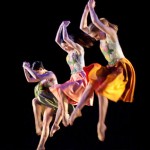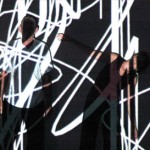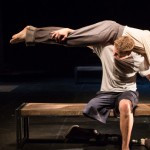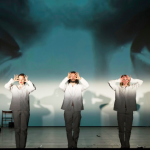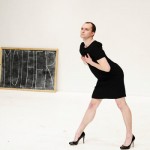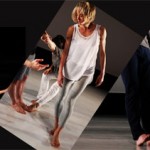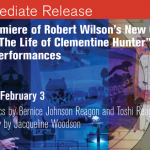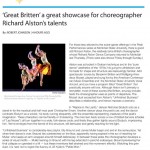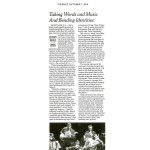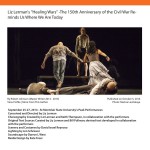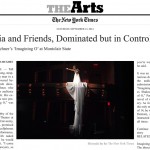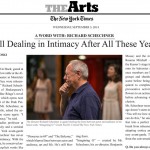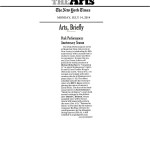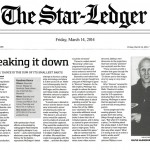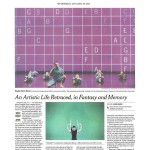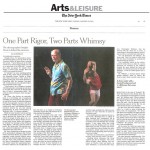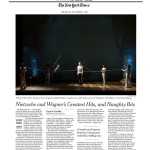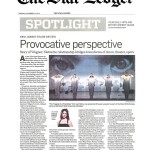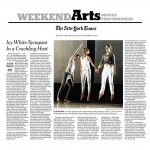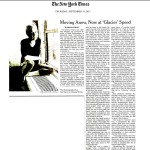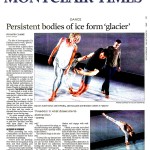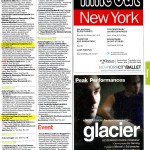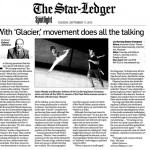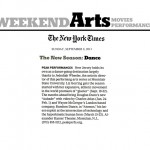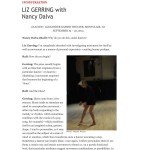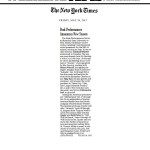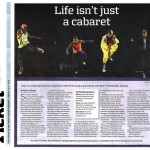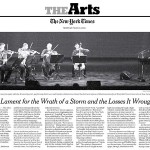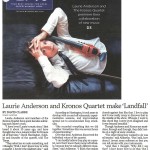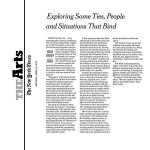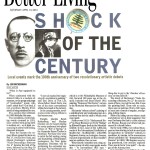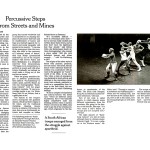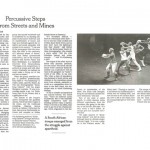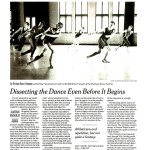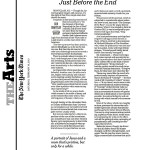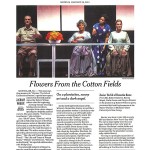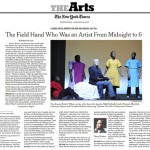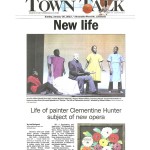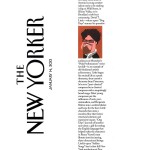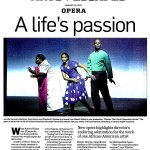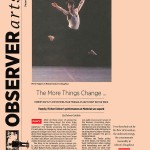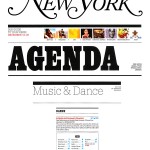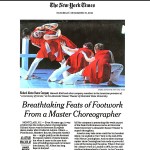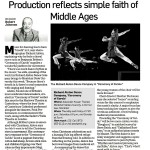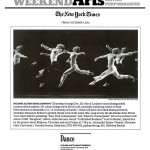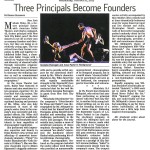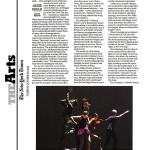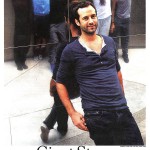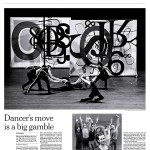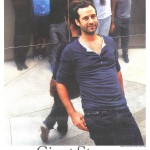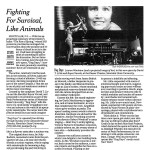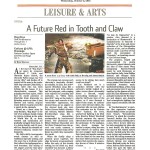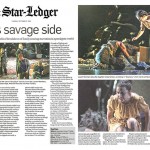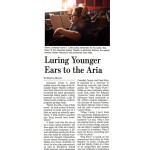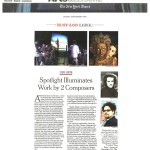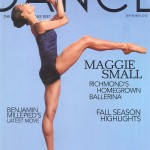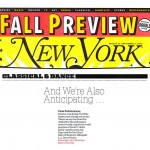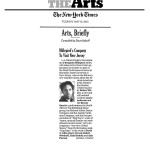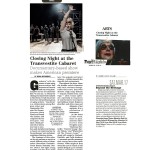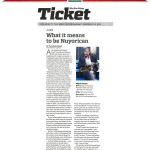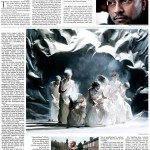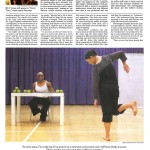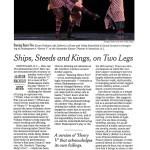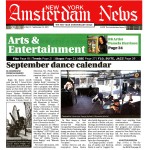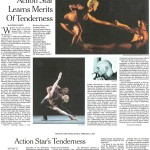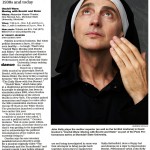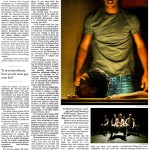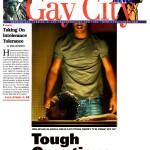Peak Performances
Peak Performance’s Artistic Director Jedediah Wheeler lives at the edge, bringing work out to Montclair, NJ that dares and scares with its un-blunted nerve. While critics and writers cringe at the idea of leaving New York City to see a show -BAM suffered the same problem before Brooklyn was colonized by hipsters – the trip is shorter (and no security checks) than one to Italy to see Romeo Castellucci, to England to see Wayne McGregor, to France to see Caroline Carlson, to South Africa to see Katelhong. For our office, working with Jed’s astute artistic choices opened a window on a new world.
A dance critic at The New York Times phoned our office last August slightly agitated. She had approached Benjamin Millepied about doing a piece on the L.A. Dance Project’s upcoming season at Peak Performances. Benjamin told her he wouldn’t be interviewed. Hmmm. I called his management for a hint as to why. “Benjamin is not doing any press for the Peak engagement,” he said. This seemed a bit counterproductive. Upon questioning, it was admitted that Benjamin was doing some press in Los Angeles. And, yes, it was admitted, he was doing an interview with the L.A. Times. Upon further questioning: “The writer had given him a series of unkind reviews. But Peak still needed the story. And, Peak is our client. A moment passed. We need to change the writer. In order to justify that, we need to change the point of view of the story. Given that the company was a first for the city of Los Angeles, a town where dance is not an active word in its cultural vocabulary, what inspired its interest in Millepied? What about a story by a Los Angeles-based writer who better understood the cultural ecology of the city? Taking this tack would provide an excuse for not using the New York-based critic. The Times editor jumped at the idea. So did Benjamin. She asked the Times’ L.A. bureau chief to do the piece. Everyone was supremely happy. Then another snag: The editor wanted to be assured that The New York Times story run the story before the Los Angeles Times. Snag number three: The demand was clearly unreasonable. The editor held her ground. Another light bulb moment: I suggested that the New York Times incorporate the reaction to the company’s debut performances into their story, which would ensure its singularity. The resulting story was not only compellingly written and illustrated by stunning photographs, it also commandeered 3⁄4 of the front page of the Sunday Arts & Leisure section which then jumped to a full page inside.
Country: USA
Years: 2008, 2009, 2010, 2011, 2012, 2013
Art form: Institutional
